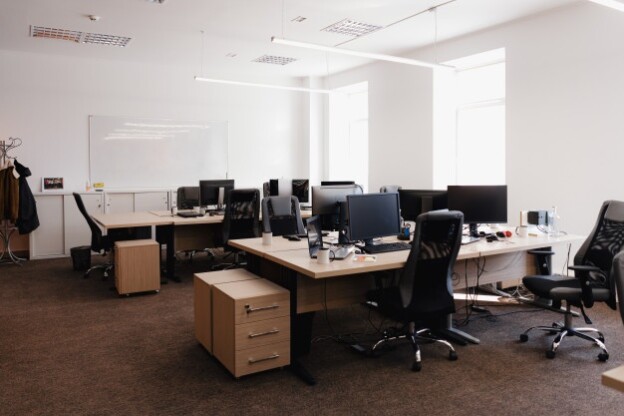In recent years we have seen how the importance of creative spaces in offices and workplaces has been gaining more and more prominence. However, the decision to have this type of space should not be based on a fashion or trend, but be the result of understanding all the strategic advantages that it can bring to the company.
Planning a new office design always implies an economic investment, which must be accompanied by objectives and must provide benefits for it to be successful. In this article, we propose a reflection on the use and advantages of creative spaces, a look that allows us to extract and know the best results from this type of space.
CREATIVITY AND INNOVATION
Why are creative spaces necessary? Creativity arises from thoughts that have not been thought before, this implies the need for new associations, new mental paths that allow us to expand the horizon of what is already known. Carrying out this mental process in an environment with stimuli focused on productivity, disciplined, logical and mechanical work does not usually give good results for obvious reasons.
Creative spaces allow people to be open to new ideas, associations, and points of view. This opening occurs through a playful state in which the stimuli are not interpreted in the usual way. For this reason, it is important that creative spaces have different colours, materials, textures, and even smells, which can promote the creativity of employees and their disinhibition.
COMPETITIVE ADVANTAGES
Creativity and the capacity for innovation do not respond precisely to a trend, but to a need to stay competitive in an increasingly dynamic and changing environment. Most companies are aware of the need to innovate, and to seek alternative solutions in all areas of their activity to stay ahead of the curve. Human talent is, for the moment, the only one capable of offering this type of solution.
TALENT RETENTION AND INCREASED PRODUCTIVITY
The new generations have learned to value not only wages or working conditions but also the environment and the dynamic relationships of companies. Creative spaces, break rooms, and non-work places within work are a motivation for most employees, as they allow them to reduce stress and enjoy their work environment. Best of all, these spaces not only motivate employees but also make them more productive.
TIPS FOR DESIGNING CREATIVE SPACES
Although the needs of each office are totally particular, there are a series of codes that can help us generate more creative spaces.
- Flexible and easily relocatable furniture
- Illumination with various colours and graduation capabilities
- Introduction of biophilic elements in space
- Visual screens, panels or walls that can be written on.
- Combination of decorative elements that belong to other areas, such as domestic, kitchen, etc.
